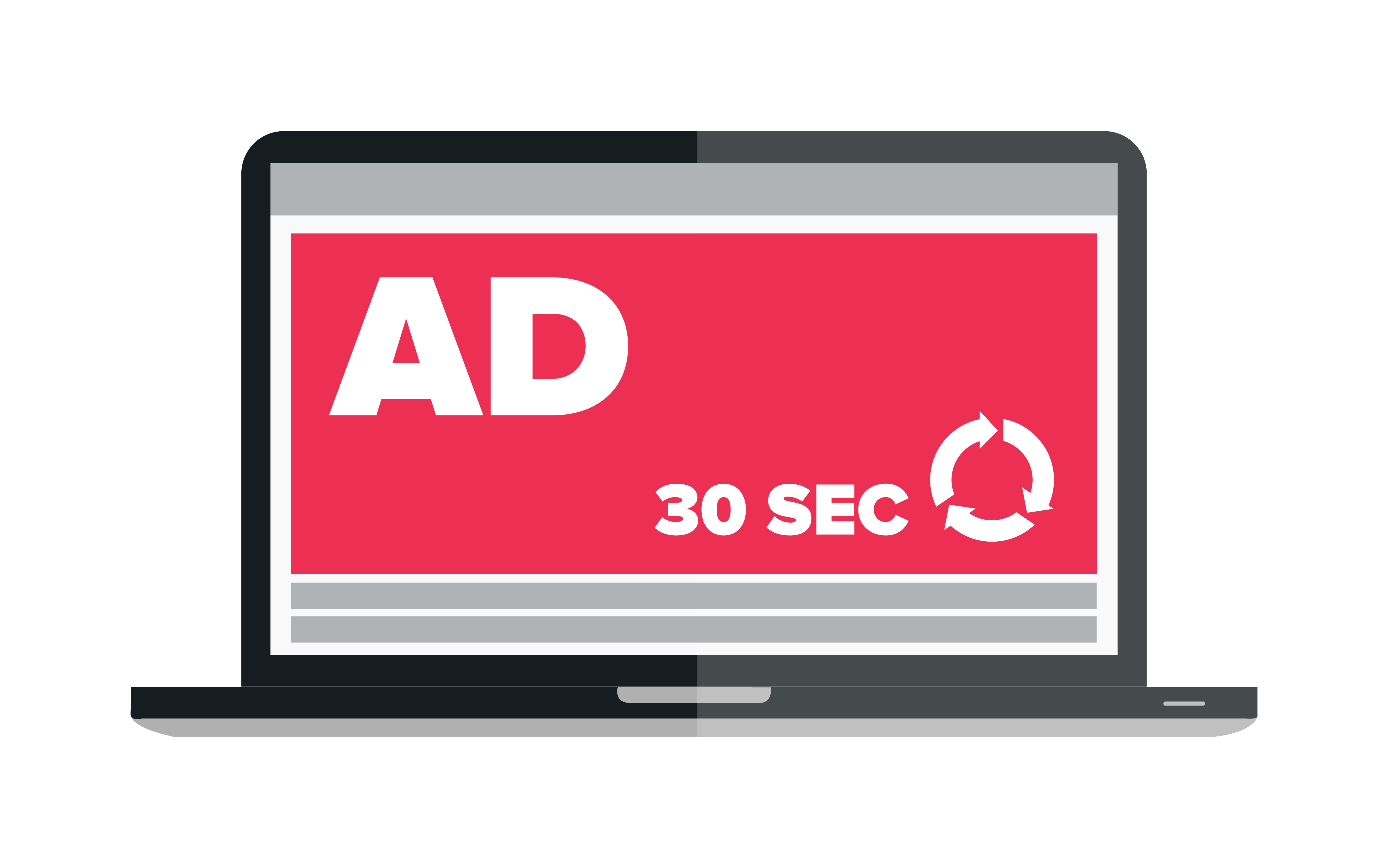Sticky Cube Desktop – an innovative ad format for maximizing monetization and UX
In today’s fast-paced digital advertising landscape, it’s more important than ever to strike the right balance between effective monetization and…

Ad Refresh is a method that lets you view several advertisements in one ad slot within the one page view. Despite its bad reputation, when used properly, it can be highly effective. After launching the ad refresh on one of the sites we service, we noted a growth of daily RPPV (revenue per 1000 page views) of 63%. The daily revenue of this site also increased by approximately 17%. These incredible results happened the very next day after launching the ad refresh on the website.

So what differences can Ad Refresh make when properly used? How often should you set the refresh to occur? Which ad unit should you choose? To get the most out of Ad Refresh, you’ll need to learn how to answer these questions, as well as a few more.
Let’s begin with establishing what exactly this infamous Ad Refresh is. As you read earlier, it’s a method that lets you view several advertisements in one ad slot, during one page view. Ad Refresh may be used with any DSP you’d want as there aren’t many restrictions.
Currently, the most advanced Ad Refresh on the market is offered by Sovrn. It refreshes ads every few seconds, but only if the user shows engagement. If the user has a tab with the website opened but doesn’t perform any action, the ad won’t be refreshed. Action means even moving their cursor around the site. Sovrn monitors 45 indicators that can describe the user’s behavior and prevents the lowering of the ad unit’s viewability.

The lower the viewability, the lower the ad unit and the whole page value to advertisers. Sometimes the user may not be active on our page, despite still having an open tab with it. In this case, the ads will keep on refreshing, causing unfavorable effects for our site.
There are different types of ad refreshing, each with its own triggers and implementation methods.
Of course, everything described above is only theory, backed by some simple examples. In reality, any limit regarding ad refresh settings is the publisher’s coding ability. To be more precise, coding abilities, along with the site’s content and the publishers’ imagination!
Does all that mean that every impression will be worth the same as the one before? Not really. The reason behind this is that the user’s engagement in the advertisement will be lower. They’ll have less time to put any interest in the ad’s content. This will result in lower CTR, which is one of the factors that has the most influence over ad unit value.

If the CPM value lowers, and advertisers don’t consider the ad unit as valuable as it used to be, does it pay off to someone?
Allani.com is a website of one of our clients. We’ve decided to test ad refresh here. It’s a fashion website that posts articles about the newest trends, as well as promoting products via affiliate marketing.
We chose the product site for our test and provided us with the perfect conditions. On the left side, there’s an ad unit 728×90 sticky, and the product page itself features the infinity scroll.
The day after we began the test, the ad unit noted the daily revenue increase in the order of 66%. It converted into a 17% increase in the whole website’s daily revenue. We haven’t noticed any drops in the number of the site’s entrances, session duration, or page view number.



There isn’t any precise instruction explaining how to use the ad refresh. It has no exceptional rules or protocols, so the same standards as any other monetization method or technology apply to it. As long as no rules described in the Better Ads Standard are not broken, everything is fine.

At Yieldbird, don’t use the ad refresh method on every ad unit we can. Simply put, not every ad unit is suitable for this. We try choosing ad units where the ad refresh can make a visible difference. Right now, we have the first serious test finished, and we’re planning on doing some more.
We have some simple tips you can consider while planning your test:
The ad refresh method may be used by anyone. However, it may not be equally beneficial to everyone. Before taking the test, it’s worth considering whether your site meets any of the criteria mentioned above. Ad refresh is just another tool that should be used with caution. Having a team of experts, with years of experience, we know how to approach the test so that the risks are minimized, and the profits are maximized.

Karol Jurga
Chief Revenue Officer
See it in action.